The ownership comes from a trio of patents officially awarded this week. Two entitled "Portable computer" show the design of the MacBook Air, while one, called "Electronic device," apply to Apple's larger, more powerful aluminum MacBook Pro. The patents were originally applied for in 2008 and 2009.
Introduced as an ultra-light, ultraportable laptop in January of 2008, the MacBook Air was the first to employ Apple's unique unibody design with built-in battery. Two years later, the computer is still considered to be a marvel of design, with the computer and its 13.3-inch screen squeezed into a body that is no thicker than 0.76 inches when closed.
The patents pertain to the computer's glass multi-touch trackpad, and the clamshell design, which tapers to as small as 0.16 inches at its thinnest point.
Later in 2008, Apple released unibody MacBooks, employing the same design cues and manufacturing techniques. The computers come from an extruded block of aluminum, allowing them to be thinner and lighter while retaining rigid durability.
In 2008, Apple touted the unibody design, detailing the process and noting that the new MacBooks were the "industry's greenest notebooks." The redesigned portable computers also added a glass, LED backlit display.
Last October, Apple made the unibody transformation complete, when it took its low-end, $999 plastic MacBook and gave it an upgrade. In the process, the 13.3-inch computer lost a half-pound and gained an LED display with 7 hours of battery life.
 Neil Hughes
Neil Hughes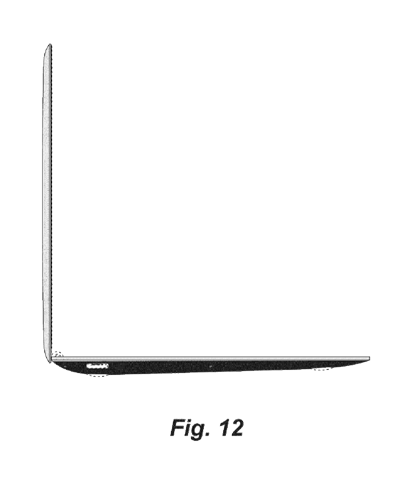
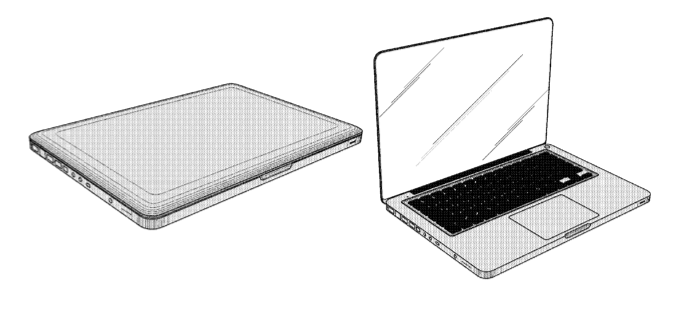
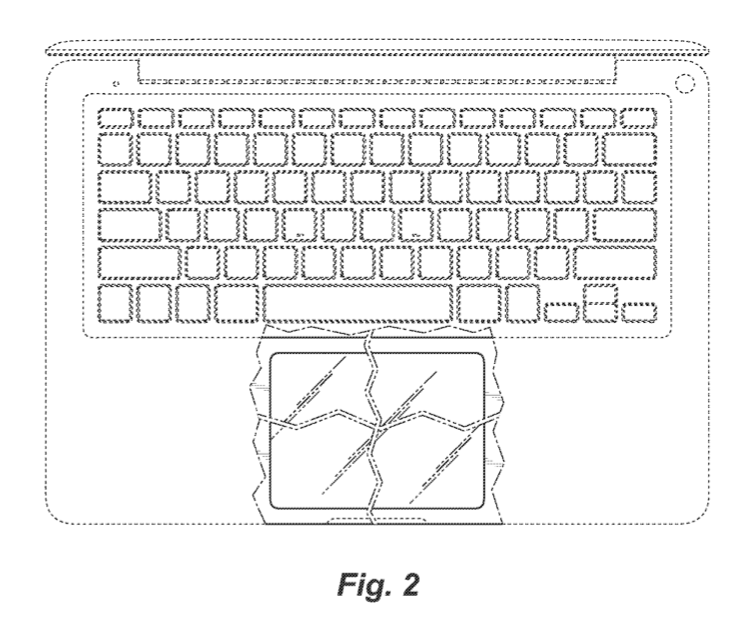




-xl-m.jpg)


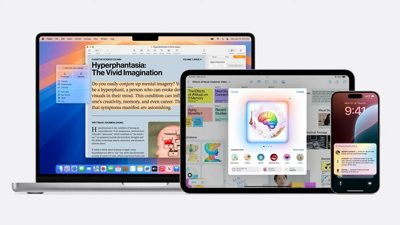
 Malcolm Owen
Malcolm Owen
 William Gallagher
William Gallagher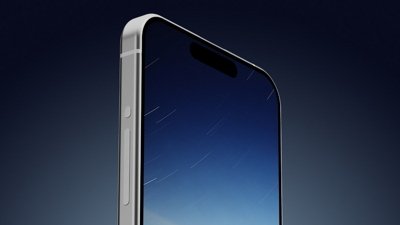
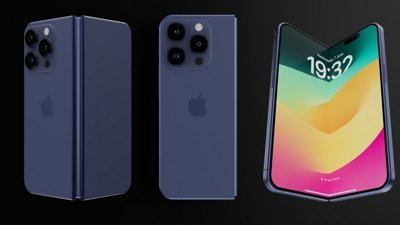
 Amber Neely
Amber Neely
 Andrew Orr
Andrew Orr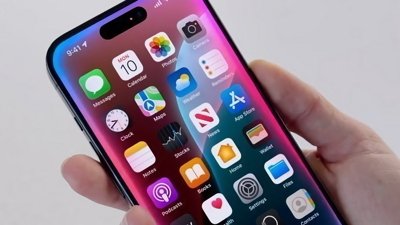


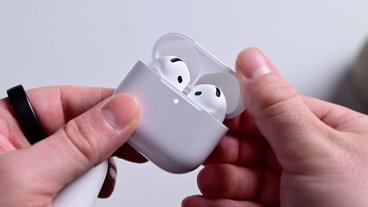







30 Comments
The most solid piece of machinery I ever owned.
No one does hardware like Apple.
How is the plastic MacBook a "unibody" construction? The benefits of cutting from a single ignot are relative to shaping sheet metal. With a plastic body you don't have the same stress issues because it is cast... or am I missing something.
How is the plastic MacBook a "unibody" construction? The benefits of cutting from a single ignot are relative to shaping sheet metal. With a plastic body you don't have the same stress issues because it is cast... or am I missing something.
A lot of tech sites (AppleInsider included), have been promoting the plastic MacBook as "unibody" construction since the day it came out. I believe Apple has even referred to it that way at least once.
But yeah, they are all totally wrong and don't know what they are talking about. It's just a popular misconception that's been going around.
hasn't dell had an aluminum unibody design for years? I've used Panasonic Toughbooks as well
Is the new polycarbonate MacBook case injection-molded, or cut from a block of plastic? I had the same reaction as the OP when it came out, and was wondering if there was some advantage to machining plastic parts instead of casting them.